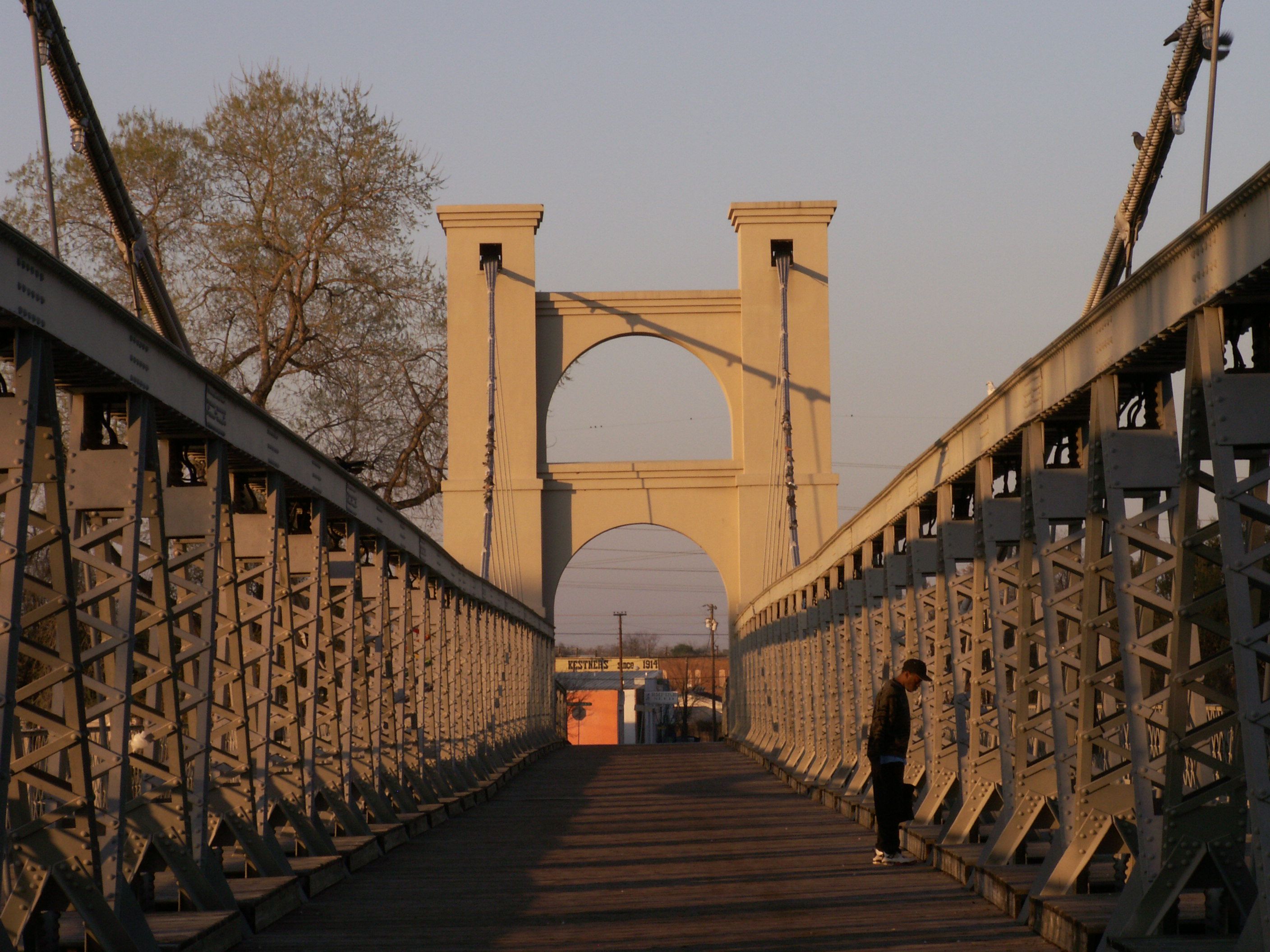


When looking at the bridges in London, here are some well-known facts to keep in mind:
There are 35 bridges in London spanning the River Thames and hundreds more spanning tributaries, canals and other roadways. London Bridge is known for its song “London Bridge is Falling Down” and that the original 12th Century span is now in Lake Havasu City in Arizona. It was one of the oldest house bridges ever built. Tower Bridge is the only drawbridge along the Thames and is one of London’s Seven Wonders, especially because of its housed towers and its proximity to the Tower of London. Westminster Bridge has the same color and design as the House of Parliament and Big Ben. And the over 130 year old Prince Albert Bridge bans marching across one of the oldest cable-stayed bridges.
Each bridge has its own secret, whether it is known by many or discovered by only a few. In this documentary The Secret of London’s Bridges, we will look at the hidden treasures each structure has, some of which will take you by surprise. It looks at the famous crossings and some of the not so popular in the metropolis. Enjoy this documentary. 🙂
.
Information on London’s bridges can be found in the following links:
TootBus: https://www.tootbus.com/en/london/inspiration/bridges-london
Visit London: https://www.visitlondon.com/things-to-do/sightseeing/london-attraction/bridge
Trip Advisor: https://www.tripadvisor.com/Attractions-g186338-Activities-c47-t5-London_England.html
Thames Bridges: https://www.pla.co.uk/Travel/Tourists-visitors/Thames-Bridges/Thames-Bridges






















